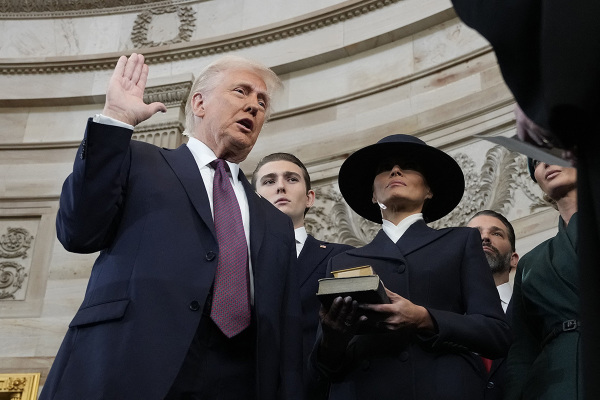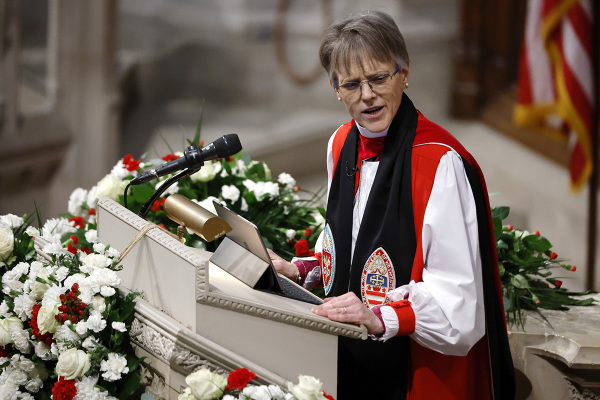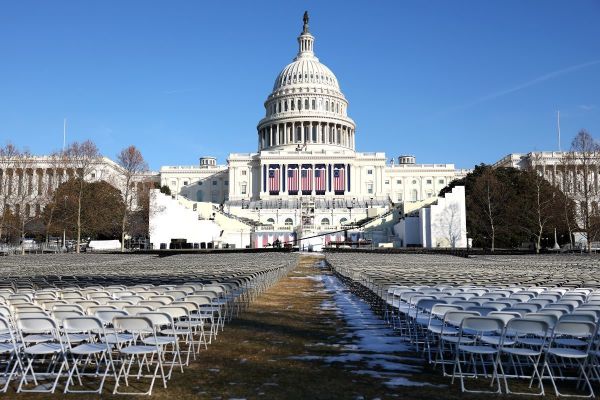The Jewish Temple That May Prevent World War III
Israel is the most contested piece of real estate in the world. And the most contested piece of real estate within Israel is the temple mount in the old city of Jerusalem. Nearly every Jew believes that the Muslim Dome of the Rock, which dominates that thirty-six acre site, sits on the spot of all previous Jewish Temples, including the last one destroyed by the Romans in 70 A.D. Many Jews and Christians believe that the temple must be and will be rebuilt on that spot. Therein lies the problem. Can you think of a faster way to start World War III?
Thankfully, new evidence is just coming to light that might reveal a more peaceful solution. The Jewish Temple may not have been on the Temple Mount but just outside the current walls of the old city. I had the privilege of seeing this evidence several days ago along with a few others participating on our CrossExamined.org trip to Israel. Our guide was the man who uncovered the new evidence: Israeli archaeologist Eli Shukron.
Since 1995, Shukron has been digging up the twelve-acre area called the City of David that juts out from the southern wall of the old city of Jerusalem. He and his team have removed thousands of tones of dirt to discover, among other things, the Pool of Siloam where Jesus healed a blind person (John 9:7), and the once impenetrable fortress of the Jebusites that David and his men captured by sneaking up an underground water shaft (2 Sam 5:7-8).
Near that water shaft, about 1,000 feet south of the Temple Mount, Shukron discovered the remains of an ancient temple just a few feet from the Gihon Spring. Shukron led us about forty feet underground into the well-secured area. As the lead archaeologist, only he has the key. The area is bedrock, which means there was no civilization below it.
The excavated site has grooves cut into that bedrock for an olive press and sacrifice tables, and loops cut into the walls presumably to secure animals. Slightly uphill and to the left of the olive press is a long channel cut into the floor most likely designed to drain off blood. Behind it Shukron unlocked a steel box he had built to protect something on the floor. As he swung the doors open, we saw an ancient upright stone (called a "stele") surrounded by a foundation of smaller stones.
"The Bible says Jacob took a stone and put small stones around it, and then put olive oil on top of that stone." Shukron told me, referring to the stele Jacob erected in the town of Bethel (Genesis 28:18). "It is a connection between Jacob and God-the relationship between them." Indeed, Jacob called the place he made, "God's house."
The Jews were known to set up stele to commemorate interactions with God (Gen. 28:18, 31:45, 35:14, Josh. 24:26, 1 Sam. 8:12). But according to Shukron, the stele he discovered is the only one ever found in Jerusalem. Could it mark the actual site of the real Jewish temple-God's house?
"It certainly was a temple from the first temple period (circa 970-586 B.C.)," Shukron said. "But Solomon's temple was on the Temple Mount."
When I asked him what archeological evidence exists for the Temple Mount site, he offered very little in response. Perhaps the paucity of evidence is due to the political realities that prevent much digging there. On the other hand, quite a compelling case can be made for Solomon's Temple being at Shukron's site.
My co-host on the trip, Bob Cornuke, makes that case in a fascinating new book called Temple: Amazing New Discoveries that Change Everything About the Location of Solomon's Temple. Cornuke picks up on the research of the late archaeologist, Ernest L. Martin, who in the 1970's suggested that the biblical text and eyewitness evidence from the first century all point to the City of David as the actual temple location. Now there appears to be quite specific archaeological evidence as well. Cornuke and Shukron have been discussing this evidence for the better part of the last year. There are even a couple of pictures in Cornuke's book from Shukron's site. You can see those pictures and some of my own here.
So why isn't Shukron suggesting his site is the where the temple was? If true, it would be the greatest archaeological discovery of all time! I had dinner with Eli, Bob and a couple of others to discuss that question.
First, there is weight of the consensus site. If the true site is actually in the City of David, just how did the Temple Mount become the dominant site in the first place? Cornuke provides some plausible historical answers in his book. He also shows the text of the Bible and other historical witnesses seem to point to the City of David. Nevertheless, maybe the general consensus in favor of the Temple Mount is correct.
Second, as a noted Israeli archaeologist, Shukron would need to evaluate more of the evidence and the opinions of his colleagues before he would ever entertain making a shift on such a monumental question. The Temple Mount is so entrenched in tradition, politics, and Jewish identity-the Western Wall being the holiest Jewish site for prayer-that any shift in opinion would be met with great resistance. It's not a shift one should make overnight.
However, Shukron is open to the possibility. He told us that the location of the Temple is certainly a topic worthy of debate. That debate could be ratcheted up when he presents his findings to a group of archaeologists at a conference in Jerusalem at the end of July.
If it's not Solomon's Temple, then whose Temple did Shukron discover? When I asked him that question, he just said, "we'll see." Is it possible his site could be the game-changing discovery that prevents World War III? We'll see indeed.
In the meantime, I highly recommend you get Cornuke's book to start your research into this politically explosive and fascinating question. He's also available for questions at Bob@BaseInstitute.org. If you'd like to see the archaeological remains of the City of David and any other area of Israel, Eli Shukron provides an outstanding tour. Contact him at EliShu29@gmail.com.





















